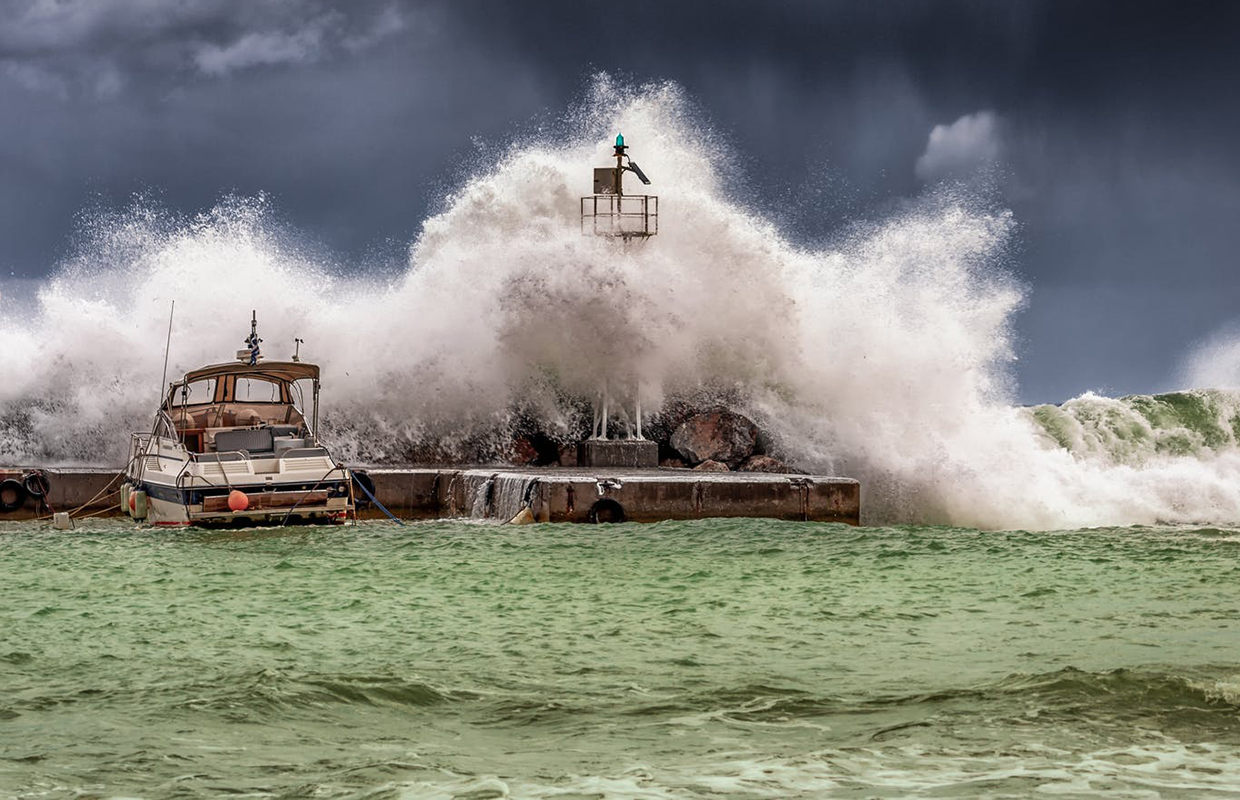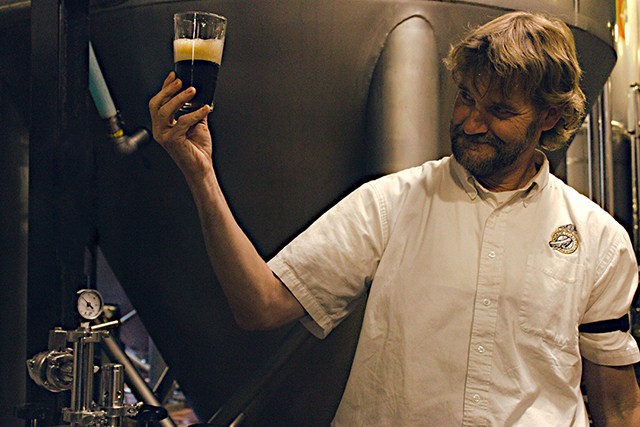
Flooding is the most common natural disaster in the United States — and the costliest.
“Hurricane season is certainly the time of year many of us focus more on flood risk,” says Kristian Beall, AAI, of Beall Brewery Insurance. “But the fact is that flood can, and does happen in every part of the country, at any time of year.”
According to the National Flood Insurance Program, 90% of disasters in the U.S. involve flooding — and more than 40% of NFIP claims from 2014 to 2018 came from policyholders outside of high-risk flood areas.
While certain areas of the country are more prone to flooding — the East Coast and the South, which are vulnerable to hurricanes, for instance — flooding can occur anywhere. Even California, long suffering from a drought, can experience flash floods in the event of rain hitting the parched earth, which can’t absorb it. And, of course, a plumbing problem can cause a leak and resulting flood inside a structure, whether or not there’s any precipitation outside.
That means that flood risk is something every brewery should be concerned about, year-round.
“What makes flooding a particular concern to craft breweries is the fact that most standard business insurance packages do not include flood insurance,” said Richard Beall, principal of Beall Brewery Insurance, which works with breweries all across the country. “It must be purchased separately or added as an endorsement.”
Unfortunately, many brewery operators may not realize that damage due to flood is not covered by their commercial property policy until it’s too late.
Consider the case of The Alchemist, a Waterbury, Vermont pub and brewery destroyed by flood resulting from Hurricane Irene. The owners had planned to rebuild and reopen — until they discovered that they didn’t have the appropriate insurance coverage to allow them to do so.
Flood insurance doesn’t have to be a great expense — particularly if your property is not located in a flood zone. (Note: flood insurance takes 30 days to go into effect.)
But even if you have flood insurance, ideally you’ll take all the steps necessary to prevent flood damage at your brewery in the first place.
- Modify your storage patterns. Store things up at a higher level if you’re able, in order to prevent it from getting soaked with flood water.
- Test your backup equipment to ensure that it is working properly. Make sure to take care of any necessary tune-ups or repairs.
- Have a pump on stand-by in case water infiltrates areas of your brewery.
“No matter where a brewery is located, or what type of natural disaster it might be vulnerable to, it’s important to have a disaster recovery plan in place,” Beall adds.
“In the wake of flood, fire, earthquake, or tornado, a disaster preparedness plan can make all the difference in how fast a brewery is able to re-open its doors and resume business.”
As you create your disaster preparedness plan, consider these questions:
- Can you brew in another location if necessary?
- Do you need to develop a relationship with a mobile canning operation in case your packaging equipment goes down following a disaster?
- Is staff aware of how to protect themselves and operations in the event of a disaster?
- Do you have a system in place for alerting employees and customers if a disaster happens?
- Should you schedule periodic drills so staff is prepared if disaster strikes?
“Your brewery’s insurance package is there to protect your business from the unexpected,” Beall said. “But before the unexpected occurs, it’s a good idea to review your policies with your brewery insurance agent so you can be sure you really have the protection you believe you do.”




Be the first to comment